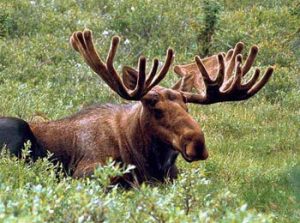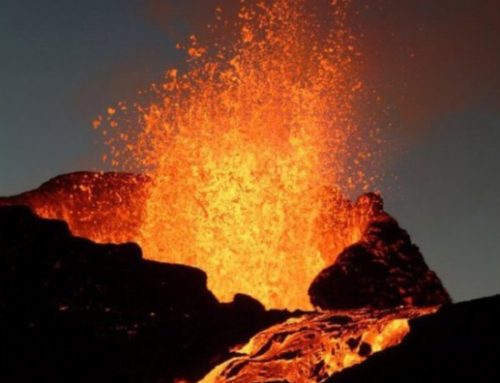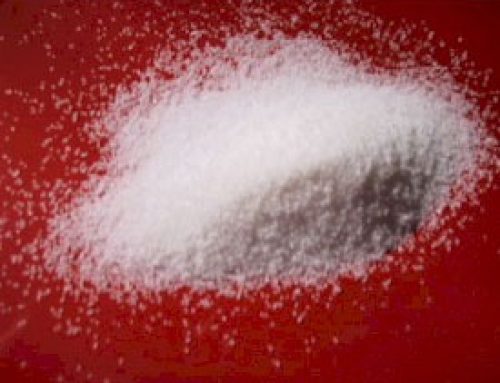
Tertiary period: Large animals evolved like moose
Dinosaurs become extinct
The Tertiary period begins with the catastrophe that killed off the dinosaurs at the end of the Cretaceous Period, about 65 million years ago. And the Tertiary lasts down to 1.8 million years ago.
Mammals become more common
With nearly all of the dinosaurs gone, there was plenty of room on Earth for the mammals to have lots of babies, and soon there were all different kinds of mammals all over the Earth. About 56 million years ago, the first primates evolved – the ancestors of today’s monkeys and people.

The earliest primates probably looked something like this little marmoset monkey.
Big mountain chains form
As the continents continued to drift apart, plate tectonics caused a lot of volcanoes. Some continents ran into each other: about 60 million years ago California ran into North America, causing the Rocky Mountains.
About 55 million years ago India crashed into Asia and made the Himalaya mountains, and about 30 million years ago Africa crashed into Europe and pushed the Alps up into mountains.

Himalaya Mountains
The first people evolve

Lucy – the skeleton of one of the earliest humans
Seven million years ago, the Cascade mountains formed along the Pacific coast of North America. About six million years ago, the first people evolved out of the early primates in Africa. By 2.5 million years ago, these people were using stone tools and entering the Paleolithic period of human history.
Then another Ice Age ends the Tertiary period
Finally, the Tertiary period ended. The planet got cool enough to cause the last big Ice Age, about 1.8 million years ago. The next age is the age we’re still in now; we call it the Quaternary period.
So did you find out what you wanted to know about the Tertiary period and the evolution of mammals? Let us know in the comments!
Learn by doing: find these mountain ranges on a globe or map
Go back to the Cretaceous period
Go on to the Quaternary period
Bibliography and further reading about the Tertiary period and geology:





This helped a lot with my school work!!!!!
I’m so glad we could help, Madison! Thanks for stopping by.